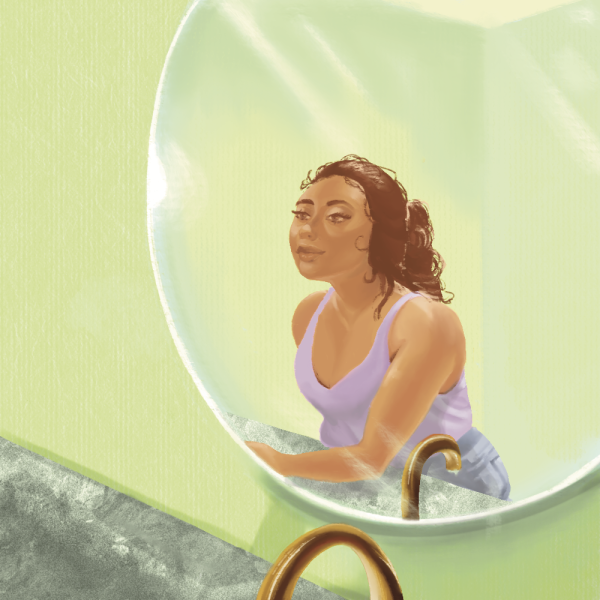Opinion: Our Great Depression
January 18, 2012
Elaina Sauber
Elaina Sauber is a sophomore English major and columnist for the Daily Kent Stater. Contact Elaina Sauber at [email protected]..
According to the United States Census Bureau, the number of Americans living in poverty in 2010 was 46.2 million, or 15.1 percent: the largest number since poverty estimates were first published.
President Obama himself has commented on the similarities in the loss of employment between the last few years and the Great Depression. But something very different separates the Depression from today’s recession: What does poverty look like?
When we think of Depression-era poverty, we tend to imagine starving people waiting in lines at soup kitchens, so thin they look like skeletons.
People simply didn’t have enough to eat; to live in poverty meant to risk starvation.
This led to President Roosevelt’s New Deal, which focused on recovery, relief and reform for the unemployed, the economy and the financial system.
Today’s poverty looks different — so different, in fact, that it almost blends in with the rest of society as something that is tolerated.
Studies by the American Society for Clinical Nutrition have shown that the highest rates of obesity are found in populations with the highest poverty rates and the least education. This is primarily because energy-dense foods high in added sugars and fat are the cheapest to produce, and therefore are the lowest-cost option to consumers.
Another study done by the Saint Louis University School of Public Health found that white high-poverty areas and African American areas are less likely than white higher-income populations to have access to foods that allow individuals to make healthy food choices. This suggests that fast-food chains target urban, poverty-stricken areas because those people are more likely to buy their food.
The poverty and desperation that characterized the Depression was an incentive for change.
Today, obesity and fast-food chains mask poverty. It was planned to work that way.
No matter how much you want to blame the poor for their own misfortunes, they cannot make positive changes to their diets without access to healthy food options.
These are the same Americans living in this country without health insurance — the ones who need it the most because obesity is the second leading cause of preventable death in the U.S.
Why are reforms made when people are starving, but people without access to healthy foods are forgotten and left with no choice but to slowly kill themselves?
How can this be justified?
I wonder if this is what capitalism is all about; preaching free-market philosophies and then targeting the same people you call lazy and unmotivated to buy your products — products that harm them and, after long-term consumption, may be responsible for their deaths.
So, what does poverty look like today? It’s hard to say.
As long as the poor have limited food options, poverty will be very difficult to identify, and therefore, nearly impossible to abolish.

























